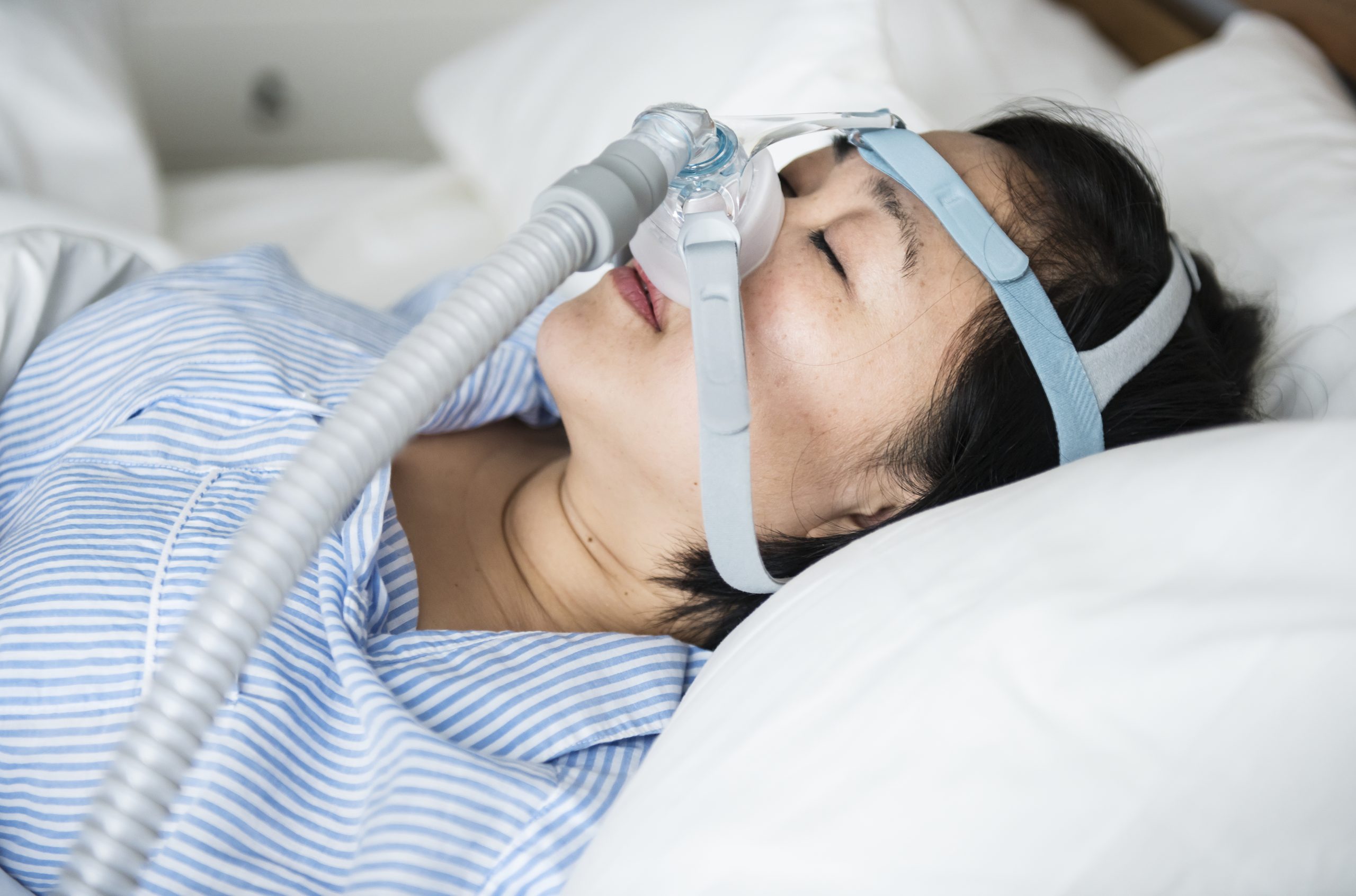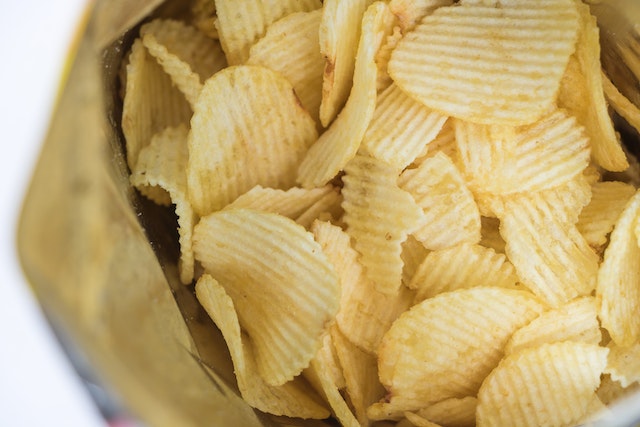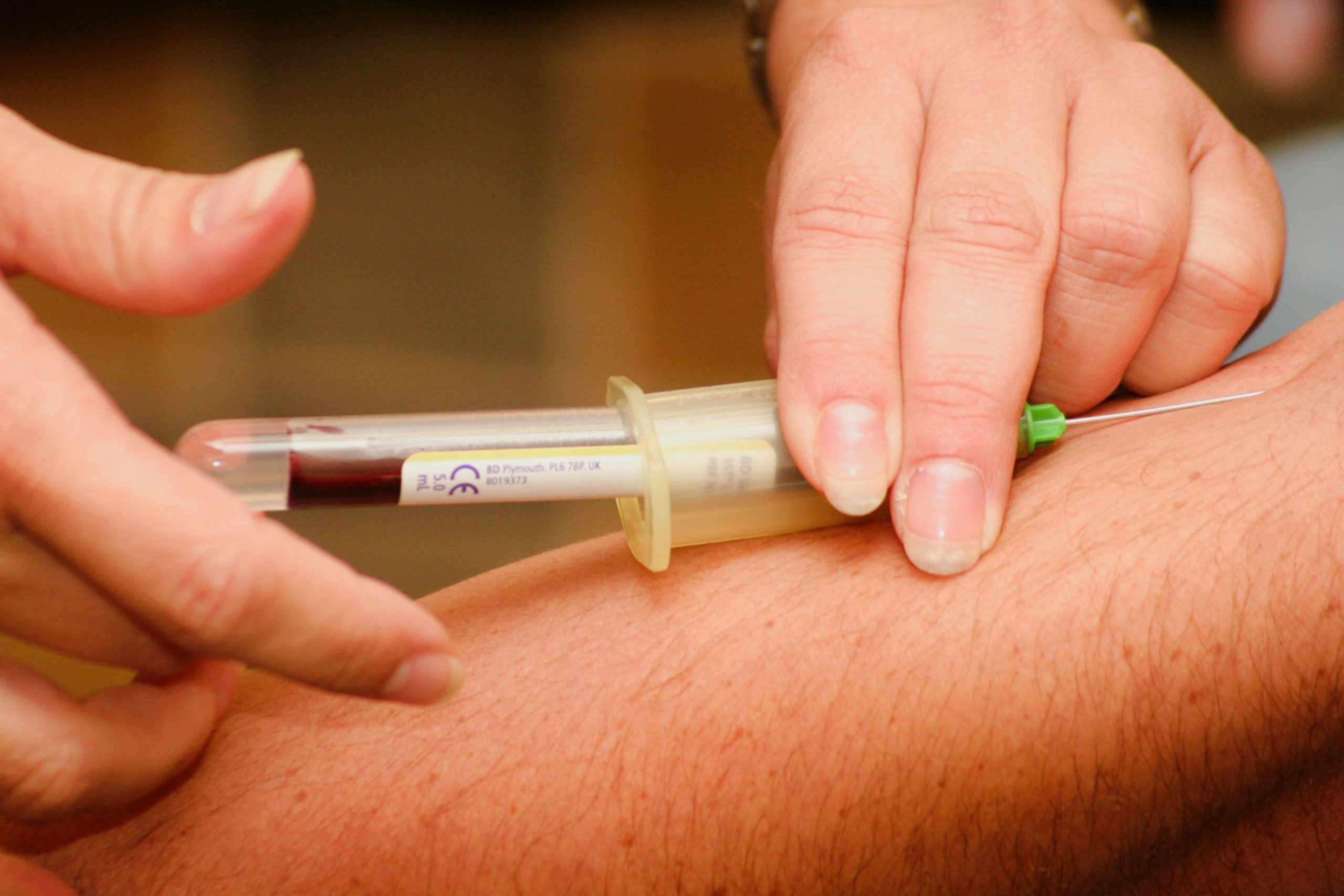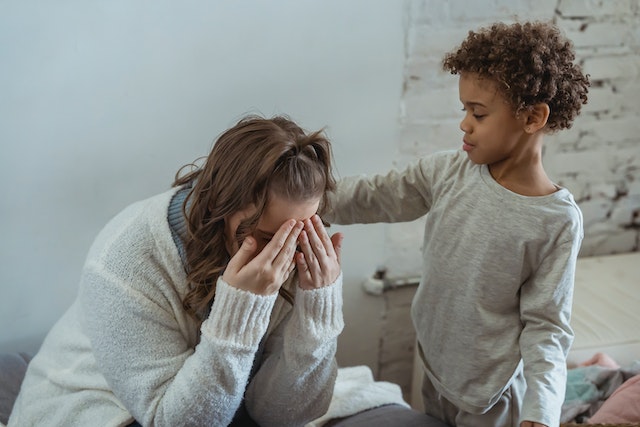Are you one of the millions of people who struggle with sleep apnea and other related disorders? Do you find yourself constantly exhausted no matter how long you’ve slept or how many different remedies you’ve tried? If so, chances are that your circadian rhythms may be affecting your CPAP therapy. But don’t worry – in this blog post, we’ll dive into the best ways to manage those pesky CPAP challenges and get back on track to a good night’s sleep. Get ready to discover the secrets behind harmonizing your body’s natural clock with effective treatment for sleep apnea!
What is Circadian Rhythms?
Circadian rhythms refer to the natural, recurring patterns of behavior that we experience throughout the day and night. These rhythms can be disrupted by disturbances such as sleep apnea, which can cause people to feel exhausted during the day or irritable at night. Managing CPAP challenges can depend on understanding your circadian rhythm and how it’s impacted by sleep apnea.
There are two main types of circadian rhythms: oscillatory and circannual. Oscillatory rhythms fluctuate in a regular pattern, while circannual rhythms happen annually but don’t follow a set pattern. The most well-known example of an oscillatory rhythm is our 24-hour cycle of wakefulness and sleepiness. Our bodies naturally try to maintain a balance between periods of wakefulness and sleepiness so that we’re able to function optimally during the day and nighttime.
Sleep apnea can disrupt this natural balance by causing brief interruptions in sleep. When people with sleep apnea breathe through their noses instead of their mouths, they repeatedly stop and start breathing throughout the night. This can lead to disruption in the body’s natural rhythm, leading to fatigue during the day or irritability at night.
Managing CPAP challenges depends on understanding your circadian rhythm and how it’s impacted by sleep apnea. It’s important to keep track of your daily routine so you can identify any changes that may be related to sleep apnea. For example, if you find that you’re feeling more tired during the
What Causes Circadian Rhythms to Change?
The body’s natural rhythm, or circadian rhythm, is a24-hour cycle that regulates many bodily functions such as hormone production, body temperature, and sleep patterns. The average person has a circadian rhythm that slightly changes throughout the day. However, when one suffers from obstructive sleep apnea (OSA), their natural rhythm can become disrupted and they may experience difficulty falling asleep or staying asleep during the night. OSA is a condition in which people experience repeated episodes of apnea wherein breathing temporarily stops for more than 10 seconds. This can lead to reduced oxygen levels in the blood and may increase the risk for heart disease and other health issues.
There are several ways to manage CPAP challenges when one suffers from OSA and their circadian rhythm is impacted. One approach is to try to match one’s sleep schedule to their natural circadian rhythm as closely as possible. If this is not possible or if the individual finds it difficult to adhere to a fixed sleep schedule, then medications may be prescribed that help alter one’s circadian rhythm. Additionally, devices like light therapy or wearables like smart watches may be used in order to help sync with one’s natural rhythm and improve sleep quality overall.
How Does Sleep Apnea Affect Circadian Rhythms?
Sleep apnea patients experience disrupted circadian rhythms, which can lead to further disruption in sleep patterns. This can result in difficulty falling asleep and staying asleep, as well as daytime fatigue. Patients with sleep apnea also have a higher risk of developing chronic disorders such as obesity and diabetes. To manage these challenges, it is essential to understand how sleep apnea affects circadian rhythms and make adjustments to one’s CPAP therapy accordingly.
One of the primary ways that sleep apnea disrupts circadian rhythms is by altering breathing timing. Apneic episodes cause an increase in carbon dioxide levels in the blood, which suppresses the release of wake-promoting hormones like melatonin. This causes people with sleep apnea to fall asleep later than those without the disorder, and wakes them up earlier than usual. Sleep apnea also causes changes in brainwaves, which impact our natural body clock. When these circadian rhythms are disrupted, it becomes harder to get back into a normal sleeping pattern after waking up from a nap or being woken up early in the morning.
There are a few things that patients can do to help manage these challenges. First, they should try to follow a regular bedtime schedule and avoid caffeine and alcohol before bedtime. Second, they should wear loose-fitting clothing when they are sleeping so that their muscles can relax and breathe more easily. Finally, they should use a CPAP device that accurately tracks breathing cycles and adjusts pressure accordingly. By taking these steps, patients can
How Can CPAP Help Manage Circadian Rhythms and Sleep Apnea?
CPAP can be an excellent tool to manage circadian rhythms and sleep apnea. When CPAP is used in conjunction with a sleep diary, patients can track their sleep patterns and see how CPAP may be impacting them. This information can help them adjust their usage of CPAP as needed. Additionally, by understanding the basics of circadian rhythms, patients may be able to better adjust their behavior during daytime hours in order to avoid disrupted sleep at night.
Conclusion
When circadian rhythms and sleep apnea collide, managing CPAP challenges can be quite challenging. Understanding the link between these two conditions is the first step in overcoming any challenges that may arise. By following a regular sleep schedule and using a device that supports your natural sleep patterns, you can help to maintain good air quality and avoid disruptive episodes while you are trying to rest. Thank you for reading this article on how to manage CPAP challenges!










